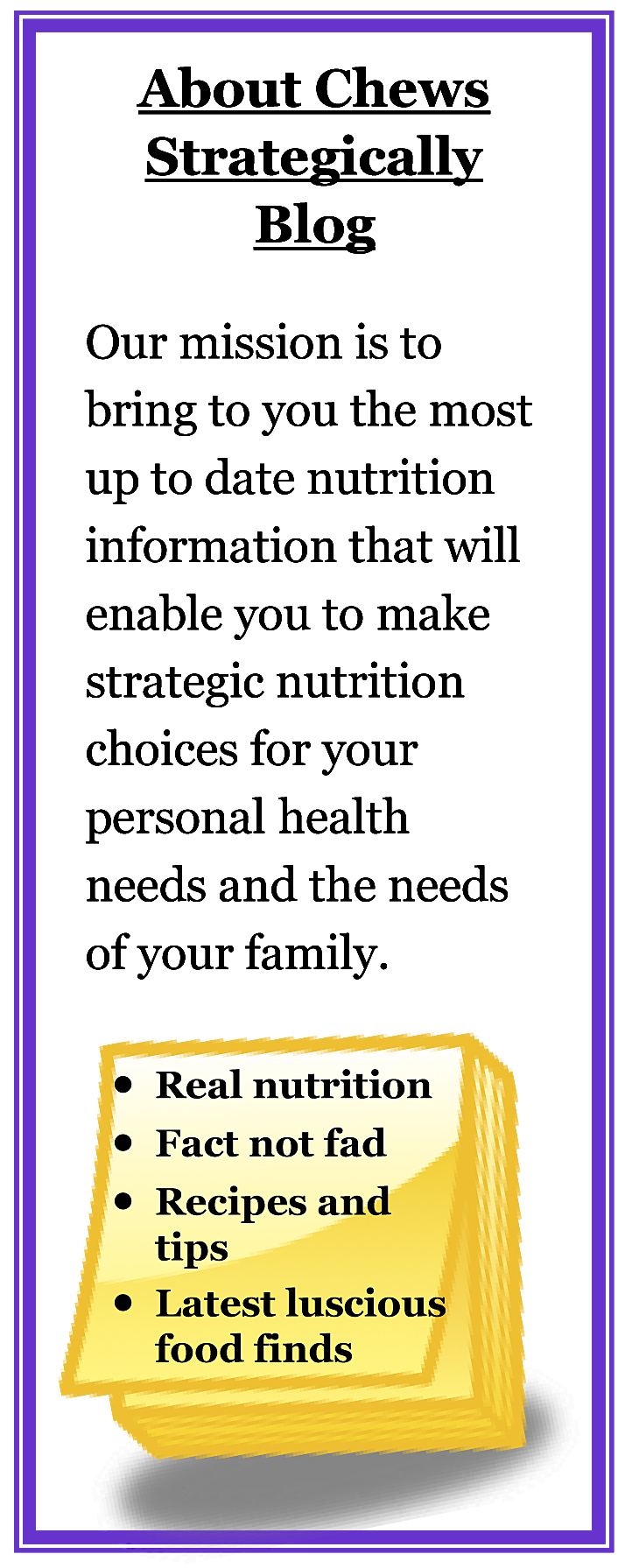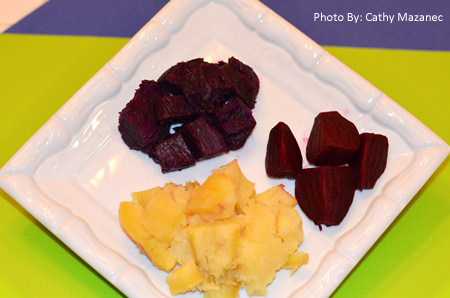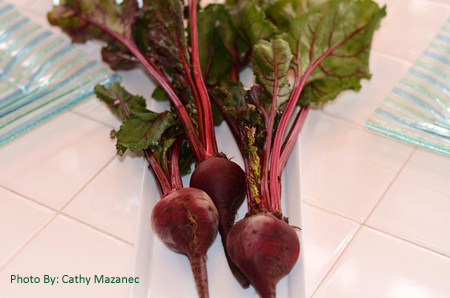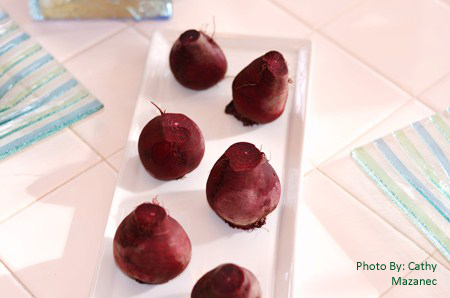In Part 1 of our February is Heart Month series, I discussed 5 Powerful Foods for Your Heart. It is well known that a healthy diet and regular exercise are very beneficial for keeping our hearts and other organs healthy, reducing our risk of developing heart disease and other illnesses.
One often overlooked lifestyle risk factor for heart disease is stress. It is not yet well understood how stress increases our risk of heart disease. Whether stress itself is a risk factor or that stress worsens other risk factors like elevated blood pressure or increased cholesterol levels, research indicates that uncontrolled, chronic stress has a destructive effect on our hearts.
Let’s face it, if you are alive you will experience stress. And sometimes our stress gets cranked up to full throttle. So, it is imperative to have a toolbox full of stress management strategies.
Here are a few opportunities to help you manage occasional and chronic stress:
- HCC Biofeedback Training: Five HCC providers are Certified Biofeedback Instructors. The HCC offers 7-week Biofeedback training courses to employees and covered dependents using HeartMath® Biofeedback software. To learn more about HeartMath® and their software, click here.
- GPS For The Soul®: A free stress management App for iPhone and iPad. Developed by HeartMath®, Huffington Post® and bLife®, this App provides a heart rate monitor and breathing pacer plus a guided imagery trainer. Previous Biofeedback training is not necessary. Click here.
- Mindfulness Based Stress Reduction (MBSR): This 5-week RFC program promotes stress management through meditation and mindfulness training. Costing hundreds of dollars in the community, the RFC offers MBSR training for $20.00. To learn more, visit the RFC's webpage.
- SAS Work Life Department: W/L counselors and support groups offer employees and families numerous opportunities for developing strategies for managing stress. Check out the W/L webpage to examine your options.
ROY G BIV
Nutritionists recommend eating the colors of the rainbow everyday- Red, Orange, Yellow, Green, Blue/Indigo/Violet (ROY G BIV) - to obtain the powerful phytonutrients possessed by each color group. These phytonutrients provide anti-inflammatory, anti-oxidant and disease fighting properties keeping our hearts and entire bodies resistant to sickness and disease.
Brightly colored foods also provide nutrients that support healthy detoxification (stay tuned for upcoming Chews Strategically blog posts on detoxification) so it really is a "No Brainer" that these foods need to be in our diets on a regular basis.
Here is an easy recipe for baked beets and sweet potatoes that will add a beautiful splash of color to your meals and provide a dose of tummy-warming comfort food.
Easy Red, White and Blue Root Vegetables
Makes 6 Servings
Click here for printable recipe
Ingredients
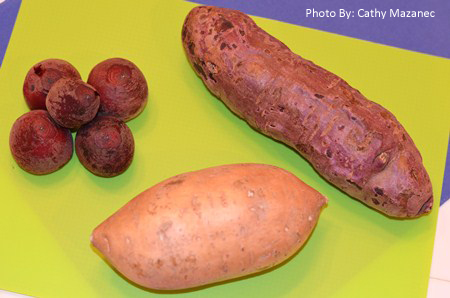
1 medium - large purple sweet potato
1 medium - large white sweet potato (or orange if you prefer)
5-6 small - medium fresh beets
Heavy duty aluminum foil, cut into three 12 X 14 inch rectangles
Directions
-Trim the greens and root tips from the beets so they look like this.
-Scrub all vegetables thoroughly with a firm vegetable brush to remove all dirt and debris (these vegetables grow underground, hence the name root vegetables, so they are very dirty) and pat dry with paper towels.
-Place each sweet potato and beets on foil rectangles.
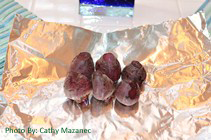

-For each rectangle, fold up diagonal corners to meet in the middle. Fold down and crimp sides to form a pouch. Place pouches on a baking sheet.
-Bake in 400° oven for 60-80 minutes until potatoes are tender when squeezed. The beets will remain firm when cooked.
-Remove skin from beets by grabbing one end of the beet and squeezing gently. Skin should easily pull off. Potatoes can be served with or without the skin.
-Portion each vegetable into 6 servings cutting them into cubes.
Serving suggestion #1:
Spread with either a pat of butter or a small drizzle of extra virgin olive oil. Add salt and pepper to taste.
Serving suggestion #2:
Top the beets and sweet potatoes with a little crumbled feta or goat cheese and chopped walnuts.
Serve as the starch portion of your meal with a lean protein and two vegetables to create a Volumetric/Strategic plate.

